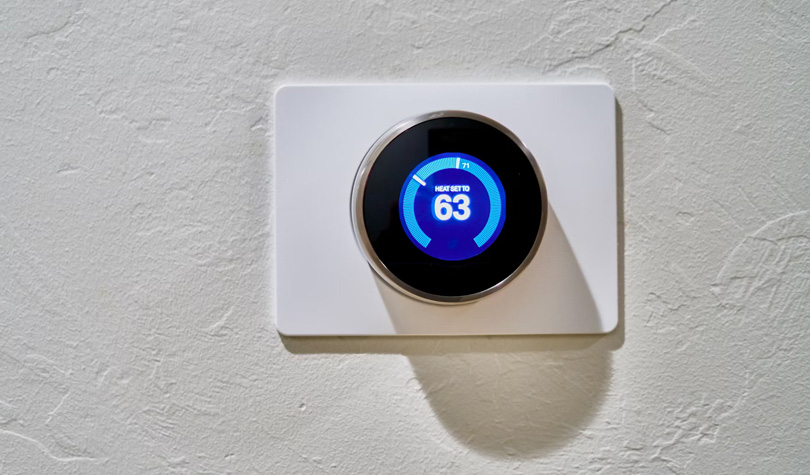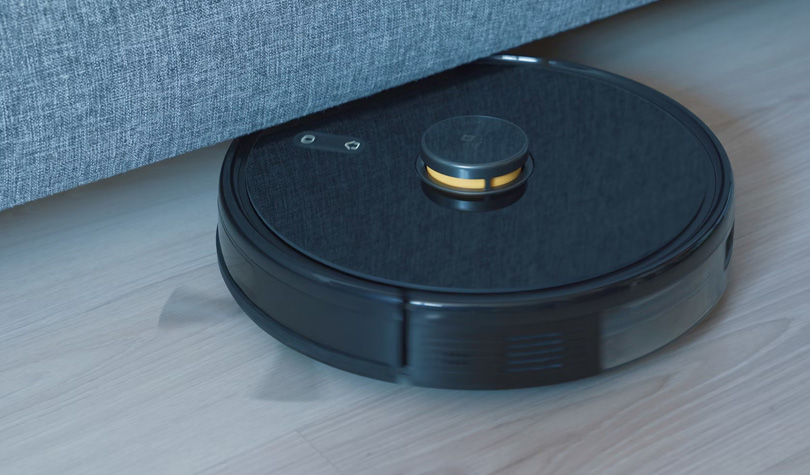The importance of maintaining a comfortable indoor environment has been recognized for centuries. However, recent research has shed light on the profound impact that indoor climate, regulated largely by Heating, Ventilation, and Air Conditioning (HVAC) systems, can have on human health and well-being.
Today, we look into the relationship between HVAC systems and health, exploring how indoor climate influences various aspects of our physical and mental well-being.
The Role of HVAC Systems
HVAC systems are designed to regulate indoor temperature, humidity, and air quality. As a result, it creates a comfortable and healthy environment for occupants. They achieve this through a combination of heating, cooling, ventilation, and air filtration processes. While the primary function of HVAC systems is to maintain thermal comfort, their impact extends far beyond mere temperature regulation.

Image Source: unsplash/Nielsen Ramon
Temperature Regulation and Comfort
Temperature plays a crucial role in determining occupant comfort. Indoor environments that are too hot or too cold lead to discomfort, decreased productivity, and even health issues. HVAC systems ensure optimal thermal conditions and help retain comfort and productivity levels in buildings.

Image Source: unsplash/Dan LeFebvre
Furthermore, research suggests that maintaining indoor temperatures within a certain range promotes better sleep quality and cognitive function. Fluctuations in temperature disrupt sleep patterns and aggravate conditions like insomnia and sleep apnea. By providing consistent and comfortable temperatures, HVAC systems induce better sleep hygiene and general health.
Humidity Control and Health
Humidity levels also impact indoor comfort and health. High humidity prompts the growth of mold, bacteria, and dust mites, developing respiratory problems and allergic reactions. On the other hand, low humidity causes dryness of the skin and mucous membranes, developing discomfort and increased susceptibility to infections.

Image Source: unsplash/Manki Kim
HVAC systems regulate indoor humidity levels, making sure that they remain in their optimal range for human health and comfort. Through dehumidification and humidification processes, HVAC systems mitigate the adverse effects of high or low humidity and produce a healthier indoor environment for occupants.
Air Quality and Respiratory Health
Perhaps the most critical aspect of HVAC systems concerning human health is their prowess in maintaining indoor air quality (IAQ). Poor IAQ, characterized by high levels of pollutants, allergens, and particulate matter, has severe implications for respiratory health.
HVAC systems use air filtration mechanisms to remove contaminants from indoor air, including dust, pollen, mold spores, and volatile organic compounds (VOCs). High-efficiency filters successfully capture these pollutants and prevent them from circulating in the indoor environment, reducing the risk of asthma and other allergies.

Image Source: unsplash/Onur Binay
Furthermore, proper ventilation is essential for maximizing adequate air exchange and dilution of indoor pollutants. Well-designed HVAC systems incorporate ventilation strategies that bring in fresh outdoor air and expel stale air, thereby improving IAQ and respiratory health.
The Impact on Mental Well-being
In addition to its effects on physical health, indoor climate exerts influence on mental well-being. Research indicates that factors such as temperature, humidity, and air quality can affect mood and cognitive performance.
Uncomfortable indoor environments based on excessive heat, humidity, or poor air quality are conducive to stress, irritability, and fatigue. Conversely, well-maintained HVAC systems that provide a comfortable and healthy indoor climate enhance mood, cognitive function, and quality of life.

Image Source: unsplash/Aaron Andrew Ang
Plus, indoor environments that support thermal comfort and good IAQ are appropriate for productivity and creativity. Employees working in these environments tend to experience higher job satisfaction and performance levels.
Conclusion
The intersection of HVAC and health emphasizes the significant function that indoor climate serves in human well-being. From temperature regulation and humidity control to air quality management, HVAC systems effectively govern both physical and mental health outcomes.
As we strive to create healthier and more sustainable built environments, prioritizing the design, operation, and maintenance of HVAC systems is paramount. If you understand the link between indoor climate and well-being, you will come to realize that our indoor environments and our health are interrelated. Good indoor air quality equals good health!


